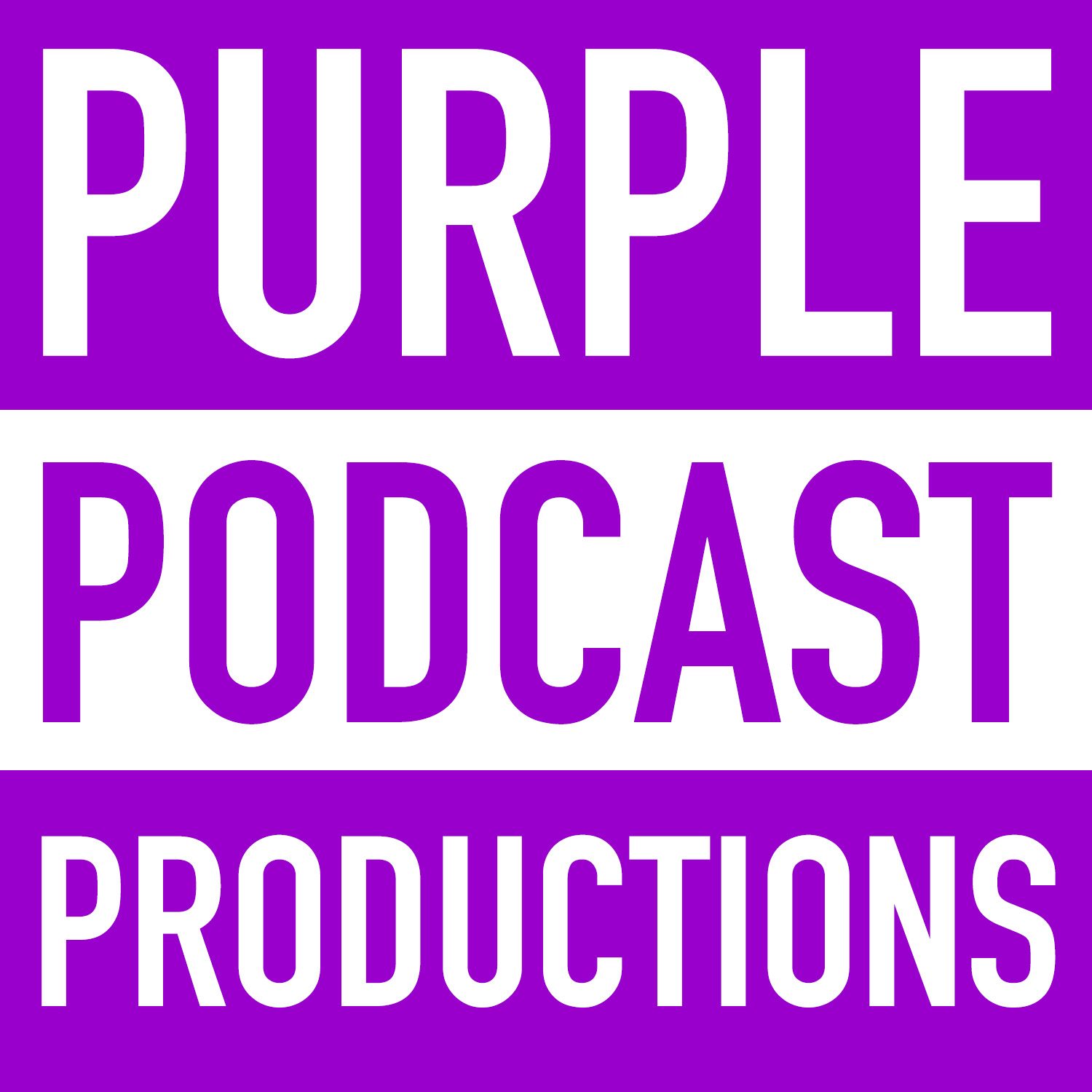Interviews are an important part of many podcasts, including mine. I love it when I can record the interview in person — in my home studio, ideally, sometimes on my motorcoach (which is a surprisingly good location for great sound quality, thanks to all the upholstery), or other locations. I have a portable kit just for those opportunities.
But sometimes your interviewee (or cohost) is too far away and you can’t record in person. Fortunately, we have a number of alternatives, some better than others. This short list goes from least expensive and lowest audio quality to the highest audio quality but not necessarily free:
- Phone call
- Facetime audio
- Skype
- Zoom.us
- Squadcast.fm
- Double-ender
- And others
My first choice of the above is usually Squadcast*. Squadcast is an online service that remotely connects a person on one computer anywhere in the world to another person anywhere in the world. Only the person who initiates the call pays (the interviewer, me, in this case); it’s free to the interviewee.
The interviewer initiates the call by signing into Squadcast and sending the interviewee a link by email. All the interviewee has to do is connect via that link when they receive the email, which opens their browser and automatically signs them into a particular session. They’ll have an opportunity to check their connection (guided by Squadcast) and wait in the “Green Room” before clicking the “Join Session” button when they’re ready to go.
Each person (there can be more than two) is recorded automatically on their own computer using either an external microphone (ideal) or the mic built into their computer. During the interview, that audio file is continuously being uploaded to Squadcast, and as soon as the interview is completed, it is made available to be downloaded by the interviewer. So the interviewee doesn’t have to worry about any of that tech stuff!
There are, however, some keys to making this work well.
- Pick a quiet environment (easier if you’re using a laptop, not as easy with a desktop computer). Avoid rooms with a running air conditioner, refrigerator, highways or other outdoor noises, etc.
- Turn off computer and phone notifications.
- Limit what software you’re running to email and web browser; restart the computer if there is any concern about it crashing.
- Use an external microphone and plug it in before loading software.
- Wear headphones — wired, closed-back headphones are best. (Wireless headphones usually have delays that can be very distracting.)
- Wired earbuds with mic are an acceptable substitute for an external microphone and headphones — not as good, but better than the built-in mic on your laptop.
- Use the Google Chrome browser (Mac or PC). A few other browsers may work, too, but note that Safari (Mac) does NOT work with Squadcast.
Once you’re connected with the interviewer, we’ll go over some basics — a quick soundcheck, review a few guidelines, and record a few seconds of “room tone” for use later in editing.
Have fun! We’ll talk more about the other methods of connecting in a future blog post.
*(Full disclosure: Squadcast is an affiliate link, and helps contribute to the expenses of this website without adding any cost to you when you click through this link.)

Leave a Reply